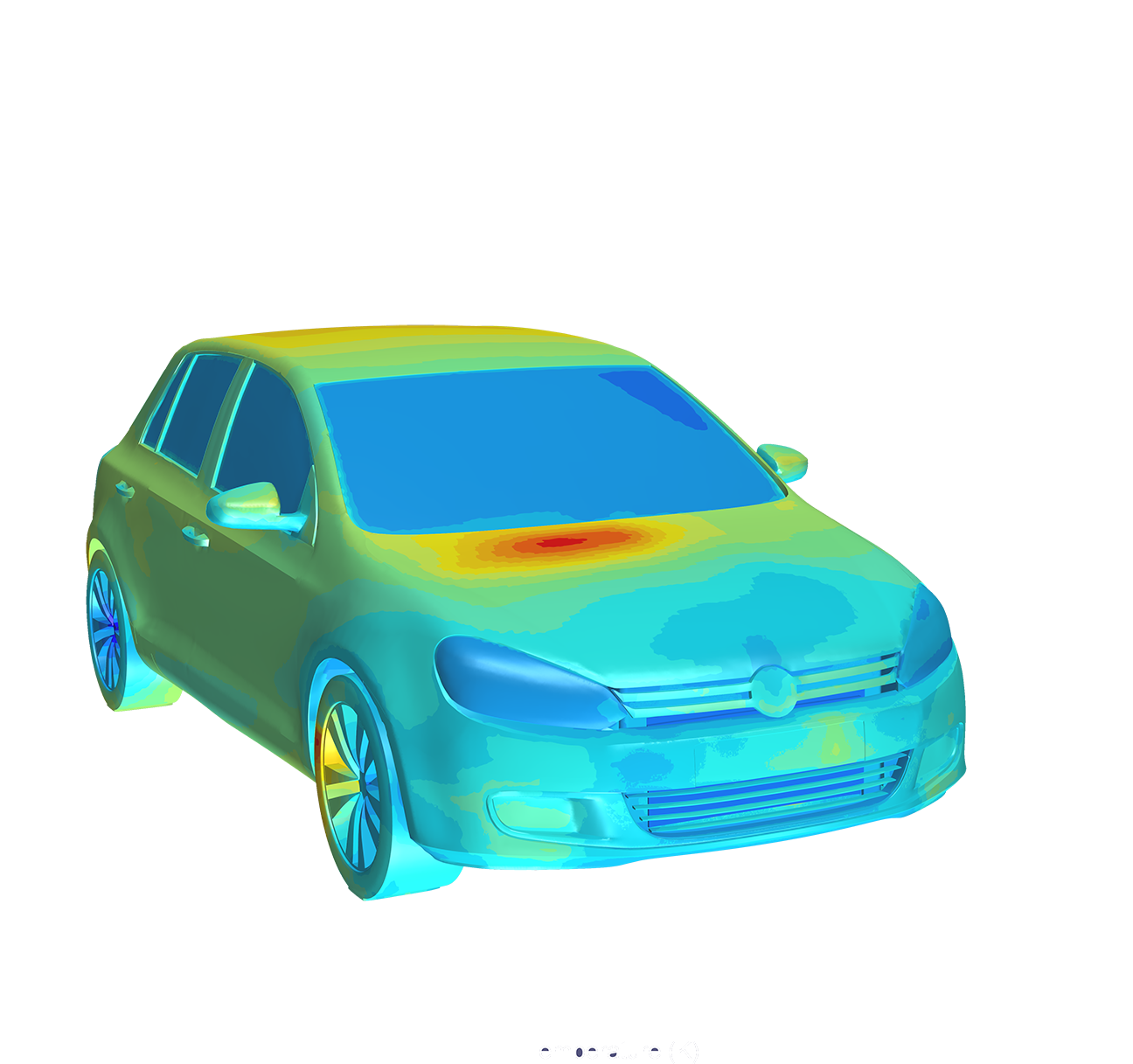OEMs and Tier 1 suppliers worldwide are dedicating greater emphasis, personnel teams, resources and even urgency to not only understand but to predict the durability of their vehicles and/or components over their respective lifetimes.
and even urgency to not only understand but to predict the durability of their vehicles and/or components over their respective lifetimes.
Though it might seem obvious, it’s one thing to know how your investments will perform over time; it’s quite another to do something about it. And given the latest technologies in simulation and analysis, the ability to do something about it earlier and at lower cost plays a significant role in manufacturers’ ability to minimize risks and costs while maximizing efficiency and net margins.
Predicting Durability
Two major factors affect the durability (or lifetime) of a vehicle or component:
1 - Dynamic Loading: such as vibrations, impact, strain, stress, etc.
2 - Thermal Loading: the various temperature conditions of a vehicle during driving conditions, including solar load, energy emission, etc.
These two factors will affect how — and how long — a vehicle or component will withstand real-world driving conditions over time.
To accomplish this, you must apply the full and best spectrum of technologies and methodologies to analyze and predict durability as early and as cost-effectively as possible. (We discussed the concept of frontloading optimization and its inherent strategic and financial advantages in a prior article.)
Nearly every OEM and supplier is doing some sort of experimentation to predict durability. The reasons should be obvious: if you know when, how and why your vehicles and components will start to wear down, you can take steps early in the design stages to address those factors. The sooner you can account for those durability risks, the cheaper it is to fix them; and the more you can fix, the less expenditures you will incur replacing, repairing and fulfilling warranty obligations...all of which come at a cost.
The Sooner, the Better. The Better, the Greater ROI
Too many are still doing this the old fashioned way: Building a prototype, exposing the prototype to durability factors through experimentation, then fixing as test results come in. Then repeating the process until they get it right.
But simulation — especially thermal analysis simulation software — removes time, risk, resources and costs (material, personnel, travel, etc.) from the equation. Because unlike traditional modeling, simulation allows you to identify and remediate potential durability liabilities:
- The reason for the problem
- The nature of the problem
- The source of the problem
- The severity of the problem
Additionally, some OEMs are using statistical methods, which might consist of a very large database of up to 10 years of experimental data on various vehicles. They then build statistical models to predict lifetimes based on patterns and/or conditions (both thermal and mechanical loads) that the data reveal. This helps us learn a great deal about the past...but we want to be able to predict the future!
But simulation does just that...
Let’s say a company is designing a sedan with 10 years of historical model data, with derivatives, but is now designing a new model variation, on which they have NO data. In this case, the company should simulate thermal loads to test a future component or new model (one that may only exist in a virtual prototype). Now they can couple thermal simulation with historical statistical analysis to take backward-looking analysis and “play it forward.”
That OEM can then know if they should alter the component to improve its lifetime, or if they should optimize the component’s surrounding physics to extend its lifetime. Everyone agrees that knowing this “sooner than later” will maximize ROI, while minimizing production lifecycles and costs.
Of course, in the real world, engineering and design teams don't communicate as well and as often as management would like (or like to admit). But advances in technology can bridge the communication gap between the engineering and design teams to add greater value in the design and production lifecycle.
TAITherm Does This Today...for a More Predictive Tomorrow
To learn how your team can apply our advanced technology and software’s thermal-centric features, we invite you to learn more about the simulation capabilities of TAITherm. Engineers are using our software to identify when components exceed temperature range and to optimize component design to add value and better serve their customers looking to optimize durability.
In future articles in our series on durability, we will look at how to best apply technical methodologies for simulating durability exposures, as well as connecting to statistical databases, how and why you should accomplish this using transient analysis methods, and finally, how to effectively use the durability analysis data once you have it.
For comments and questions, please do not hesitate to contact us.
